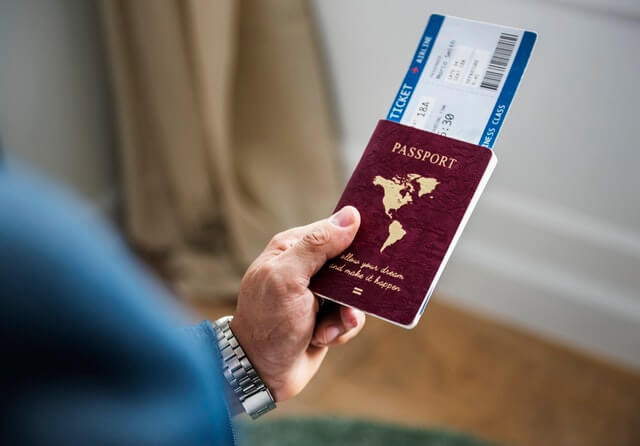Understanding Passports
A passport is an official document issued by a sovereign government to identify a person during international travel. Most passports are palm-sized booklets consisting of several pages. The first few of those pages give a brief description of the holder plus a photograph. The remaining pages receive the stamps used by each country visited. To be valid, the passport must be signed by the holder.
History of the Passport
The earliest written reference to a passport is found in the Bible. King Artaxerxes of Persia issued a letter of safe passage to his cup-bearer to travel to Jerusalem. (Nehemiah 2:7-9) Records from Medieval times show papers were sometimes required to “pass” through city gates or “portals”, hence the term passport. The first use of the term itself was in England in 1540.
Prior to World War I, passports were used intermittently and not regularly enforced. During the war, however, European countries found something was needed for border security and emigration control and reinstated their use. Today, the practice has spread world-wide. With few exceptions, a person cannot travel from country to country without this document.
The Purpose of Passports
Governments continue to use passports to certify identities for the protection of their citizens. Some countries also include an official “letter” requesting safe passage for the passport holder. In addition to travel, passports may be used as proof of identity in lieu of a birth certificate when applying for a job. In some areas, passports also prove the citizen has paid his taxes!
Protecting the Valid Passport
In 1980 many countries agreed to standardize their passports, which were then stamped with machine-readable marks. The passports were the same in size, make-up, and layout. This improved consistency and provided a more efficient process for travelers going through customs. It also made passports harder to fake for illegal uses.
Fake passports have been a problem since the earliest times. Countries have used a variety of measures to prevent false documents. The 9/11 attack in New York City generated many changes. Since 2007, the U.S. has been issuing biometric passports. These documents include a microchip which holds the identity information. Customs officials now just swipe the passport, a practice similar to using a smartphone.
Getting a United States Passport
A US passport is good for 10 years. If you are a first-time applicant, you must go in person to an appropriate government office, often a post-office. You must submit evidence of citizenship, a photograph for the passport and pay the fee. It can take as long as twelve weeks to complete the process and receive the passport. For this reason, if you are planning to travel out of the country, you need to plan well ahead. Do not go unprepared or you may find yourself panicking just like when you are under attack in Mobile Legends. For those renewing a passport, the time frame is about the same. There are businesses who can cut that time, but you will pay an extra fee for the privilege. The current cost for a U.S. passport runs $100 for the basic. Additional fees may apply.



